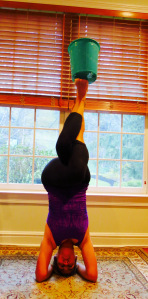By: Suann Ingle
PowerPoint continues to take a lot of hits lately for being ubiquitous, pointless, overused, over-animated, flashy, over-relied upon and distracting in many different fields – education, healthcare, government, law, corporate life to name only a few. This should surprise no one, especially since it has become so widely used. In a 2012 piece, BusinessWeek estimated one billion installations of the software. That same article also estimated 350 presentations happening every second across the globe. It should also surprise no one that almost as many opinions about its evolving worth have resulted.
Its widespread use is likely similar to what Microsoft Word did to both writing (I type, Voila! therefore I write) and to the lost art of typesetting by hand (if you still double space after a period, you shouldn’t). Courtrooms and other venues of dispute resolution are increasingly wired and ready for such presentations. And with an estimated 95% of the presentation software market cornered, PowerPoint is the go-to tool many legal teams use to preview and highlight evidence they expect to come in at trial, and also to sum up the evidence that actually has come in when they argue closing. In addition, they use the software to organize their thoughts, thinking perhaps that they are saving time.
PowerPoint is an incredibly sophisticated and versatile tool, one that in the right hands can also be an effective and persuasive complement to an oral presentation in the courtroom. This essay explores the current use of PowerPoint in courtroom presentations. It imagines a higher level of quality when “beauty” is considered and applied, that differentiates from the expected, safe, pedestrian types of presentations.
Read the full article here:
http://www.thejuryexpert.com/2014/05/powerpoint-in-the-courtroom-powerful-points-to-consider/


